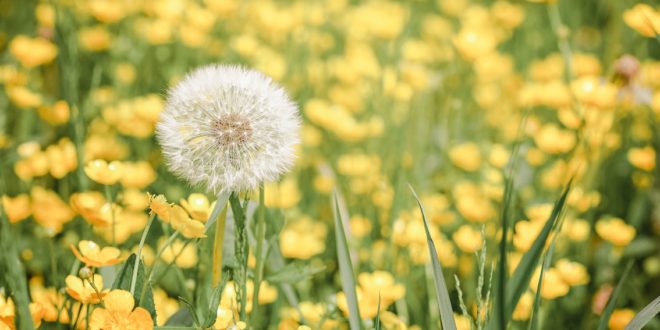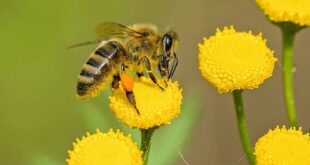Most of us wish we didn’t have to deal with weeds, yet these traditionally bothersome plants play important roles in our gardens. Read on, and you may find you learn to appreciate the weeds that annoy you most!
- Soil health heads-up
Many weeds are a barometer of soil health. For instance, buttercup, an invasive ground cover that has the infuriating ability to take over from almost all other low-growing plants, is a clue soil is wet and acidic – exactly the sort of environment where most of our vegetables and ornamentals won’t thrive. If you have buttercup in profusion, it’s a heads up to improve drainage by building up the garden or adding sharp sand, and to sweeten the soil by adding lime. Goosegrass (also called cleavers) is a sign your soil is thirsty, while dandelions indicate low fertility (especially low levels of potassium and phosphorus). Once you identify the weed, you can identify what your garden is craving.
- Weed feed!
Many weeds can actually deliver nutrients to our gardens when left to their own devices. One of the best is comfrey which, with its deep roots, draws up a range of minerals. When the leaves of comfrey are added to compost, or soaked in water to create a liquid manure, the goodies can be fed back onto the garden. Comfrey is an invasive weed which, if you don’t already have it, would not be advisable to plant. Instead, choose dwarf (sometimes called ‘evergreen’) comfrey which offers the same advantages without taking over! Other soil-feeding weeds include nitrogen-fixing legumes such as clover and vetches. Let them romp away, then dig them up and add them to the compost, or chop them back into the ground.
- Soil protectors
Wild weather is harsh on garden soils. Lashings of rain soon leach out nutrients, while gales whip away valuable topsoil. Rather than bemoan the fact weeds are ‘taking over’, welcome them as a natural, temporary cover to protect the soil until you have an opportunity to work in it. Once the days heat up, cover the weeds with a sheet of black plastic, and let the sun ‘cook’ them until they shrivel and die. The goodness in their foliage will deliver nutrients back to the soil.
- Nature’s pest controllers
Beneficial insects are those that are happy to chomp down on sap-sucking pests (such as aphids) that attack the leaves of vegetables and ornamentals. These garden helper-insects include ladybugs, lacewings, parasitic wasps, and hoverflies. Many beneficial insects thrive on pollen, especially the sort that comes from the umbrella-like flowers of weeds. So, although wild fennel, cow parsley, and wild carrot may not be what we would choose to have in the garden, they actually help protect our more desirable plants.
- Aiding the underworld!
Beneath the surface of the garden, the soil is teeming with microbial life including bacteria, fungi, tiny insects and other organisms. As they live and feed, these microbes provide nutrients, and perform useful tasks that help our garden plants to thrive. But because microbes are most active where soil comes into contact with roots, once we’ve harvested our veges or pulled up our flowering annuals, there’s not a lot to interest them, and our soil suffers. Fortunately, microbes aren’t too fussy about which plant roots they prefer, so when our desirable plants have vanished, weeds will feed the underworld life just as well!
Far from being our foes, weeds are an important part of our garden environment. We may not want them forever, but while they’re there, we can learn to love them!










Join the Discussion
Type out your comment here:
You must be logged in to post a comment.